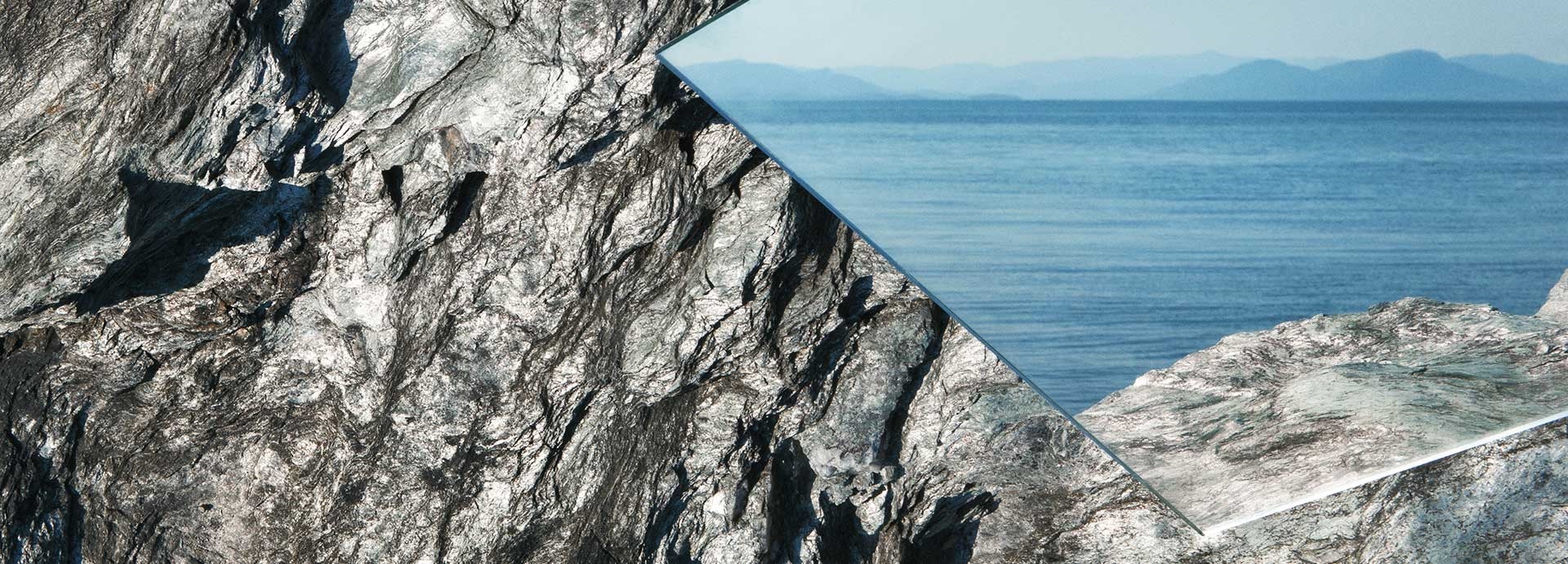

T
304 results
A thermal-neutron reactor is a nuclear reactor that uses slow or thermal neutrons.
Heat energy that is converted to electricity. Usually water is heated into steam which is used to drive turbines.
A lightweight waterproof garment intended to conserve body heat and be worn by persons suffering from exposure to cold temperatures, e.g. a person recovered from the sea.
Electromagnetic radiation generated by the thermal motion of particles in matter.
Opposite to Thermal conductivity, a meaure of a substance ability to resist heat flow.
Thermal runaway describes a process that is accelerated by increased temperature, in turn releasing energy that further increases temperature.
Thermal shields protect structures from extreme temperatures and thermal gradients by either thermal insulation or radiative cooling, which respectively isolate the underlying structure from high external surface temperatures, while emitting heat outwards through thermal radiation.
Thermal shock is a type of rapidly transient mechanical load.
Thermal treatment is any waste treatment technology that involves high temperatures in the processing of the waste feedstock.
A device which is operated by a rise in temperature. It is used on circuit breakers, relays, etc., and is often a bimetallic strip which deflects when heated.
A thermocline is a thin but distinct layer in a large body of fluid in which temperature changes more drastically with depth than it does in the layers above or below. In the ocean, the thermocline divides the upper mixed layer from the calm deep water below.
A thermocouple is an electrical device consisting of two dissimilar electrical conductors forming an electrical junction.
A thermodynamic cycle consists of a linked sequence of thermodynamic processes that involve transfer of heat and work into and out of the system, while varying pressure, temperature, and other state variables within the system, and that eventually returns the system to its initial state.
Thermodynamic equilibrium is an axiomatic concept of thermodynamics.
Free energy is the maximum amount of work that a thermodynamic system can perform in a process at constant temperature, and its sign indicates whether a process is thermodynamically favorable or forbidden.
A thermodynamic operation is an externally imposed manipulation that affects a thermodynamic system.
A thermodynamic system is a body of matter and/or radiation, confined in space by walls, with defined permeabilities, which separate it from its surroundings.
Thermodynamics is a branch of physics that deals with heat, work, and temperature, and their relation to energy, radiation, and physical properties of matter.
A thermoelectric generator, also called a Seebeck generator, is a solid state device that converts heat flux (temperature differences) directly into electrical energy through a phenomenon called the Seebeck effect (a form of thermoelectric effect).
Thermoelectric materials show the thermoelectric effect in a strong or convenient form.